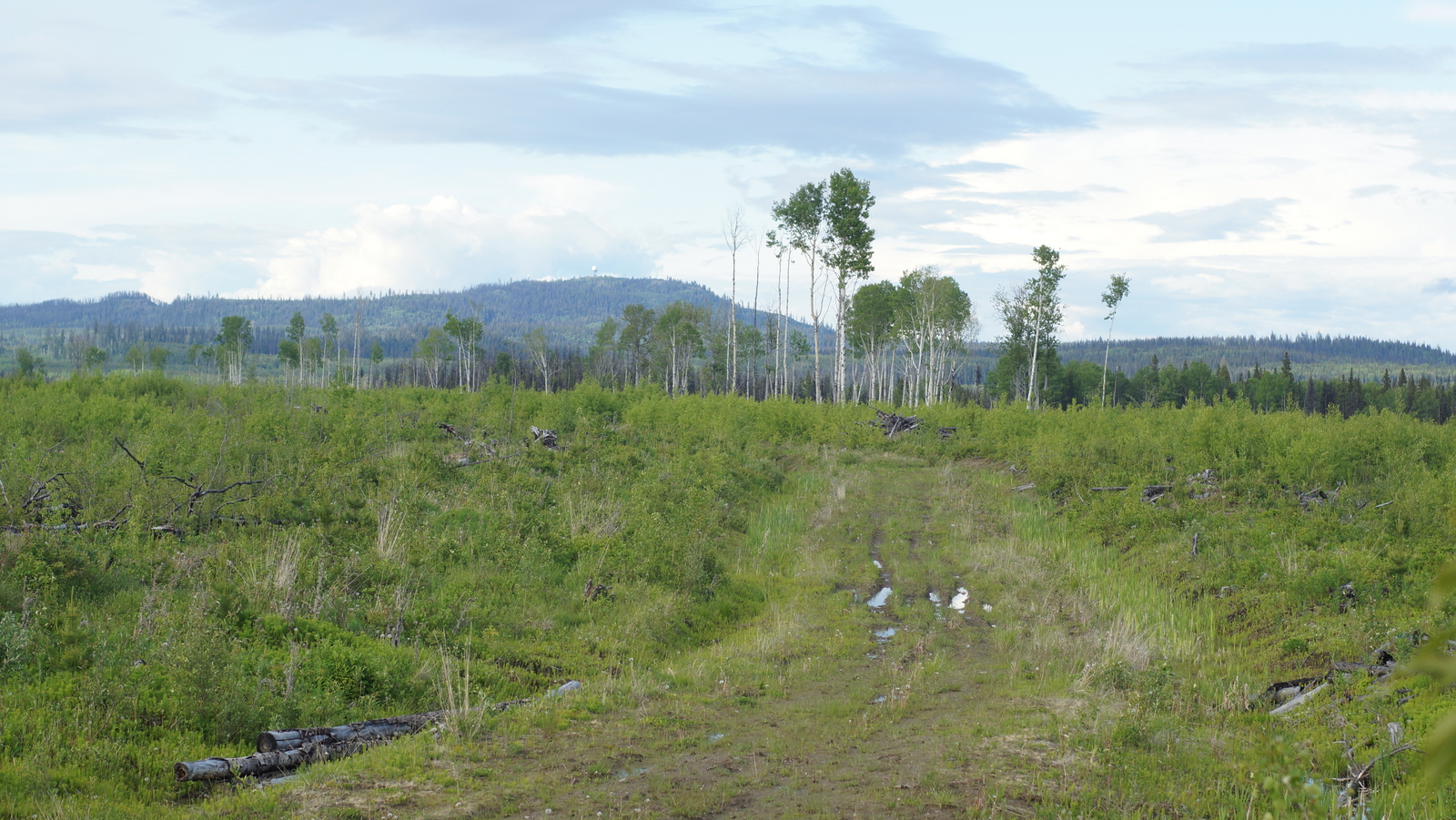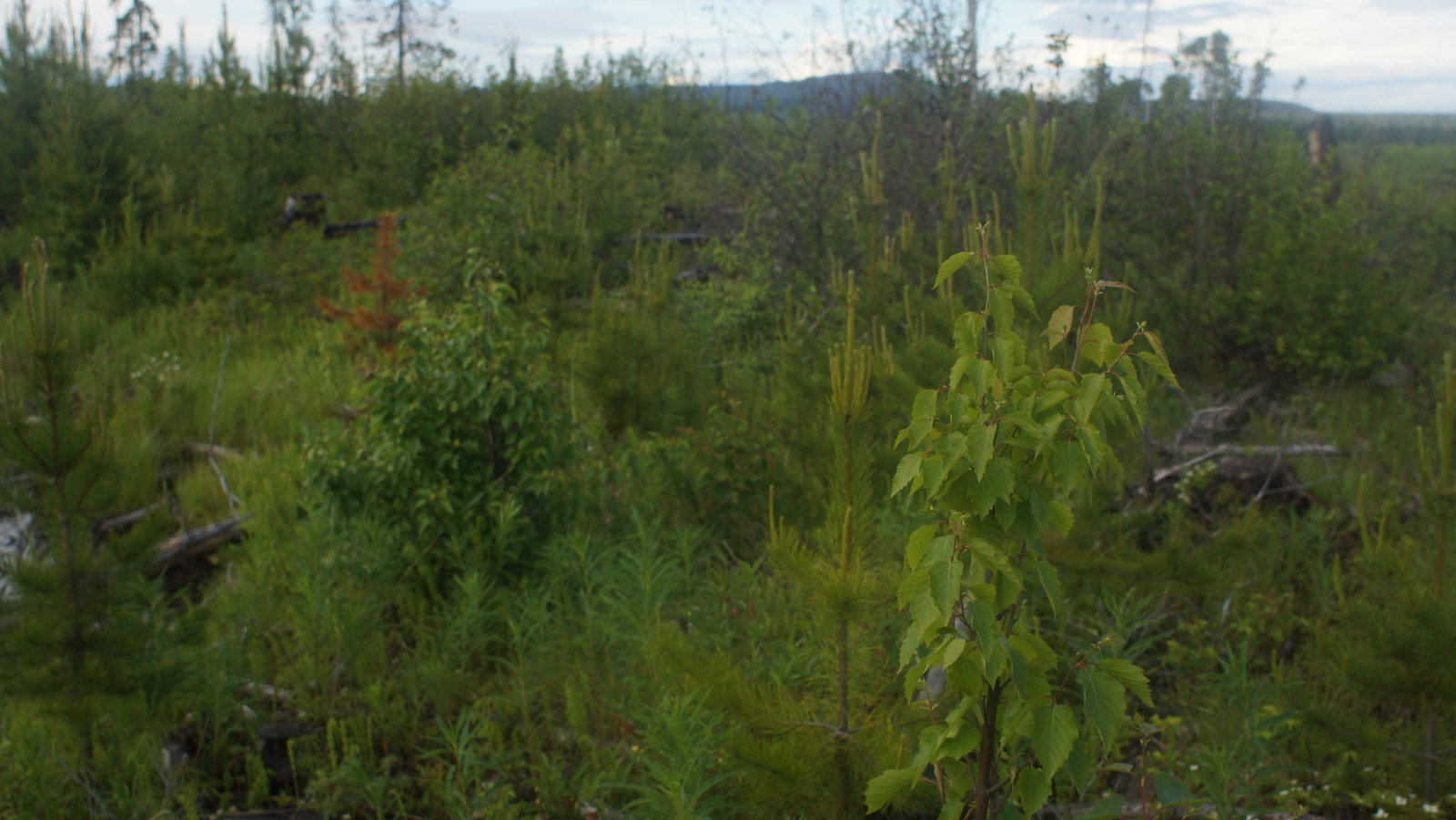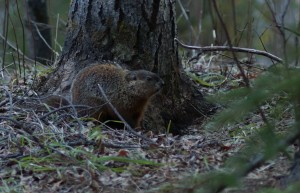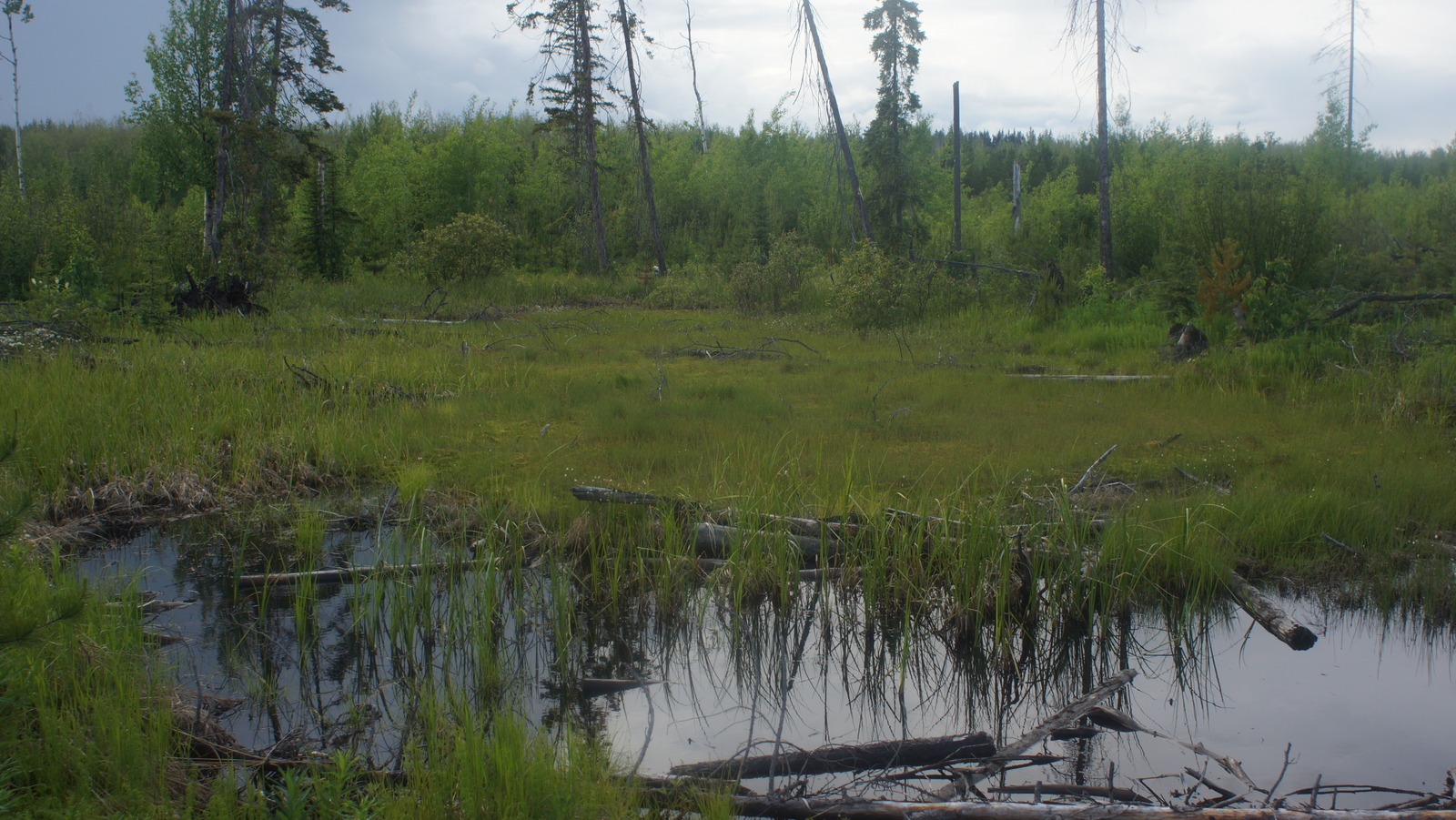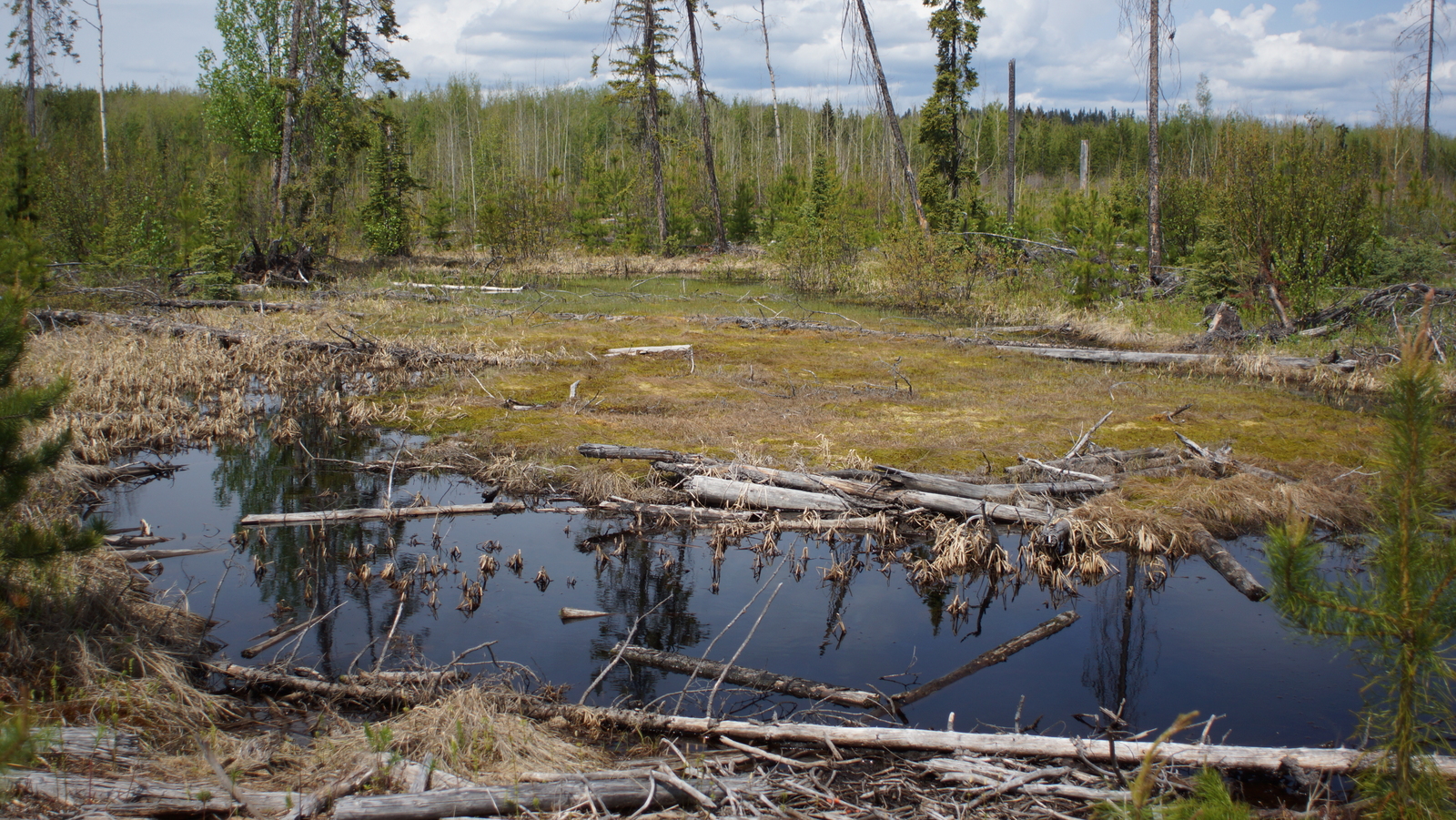- Reduces Food and Habitat for Wildlife
- Amphibian and Aquatic Toxicity
- Environmental Persistence
Reduces Food and Habitat for Wildlife:
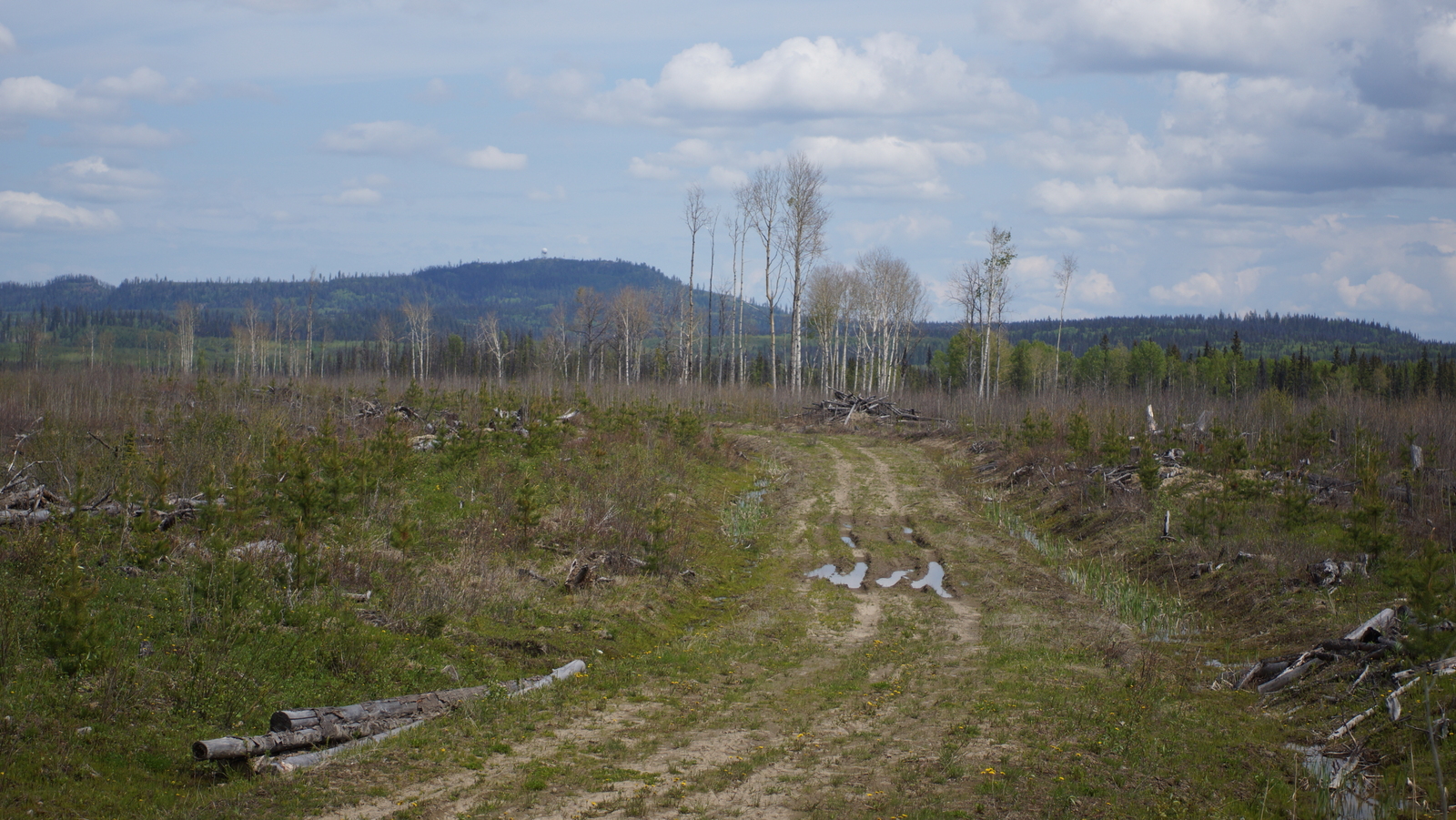 “Cover of wildlife forage species was significantly reduced by glyphosate application compared to no treatment”- S.E. Hoyles, B.S. Biring., W.J. Hays Byl. Twelve Year Conifer and Vegetation Responses to Discing and Glyphosate Treatments on a BWBSmw Backlog Site, Ministry of Forests, 1999, page 17.
“Cover of wildlife forage species was significantly reduced by glyphosate application compared to no treatment”- S.E. Hoyles, B.S. Biring., W.J. Hays Byl. Twelve Year Conifer and Vegetation Responses to Discing and Glyphosate Treatments on a BWBSmw Backlog Site, Ministry of Forests, 1999, page 17.
“Total vegetation percent cover was significantly reduced in plots treated with glyphosate (180%) compared with the plots with no herbicide.” – S.E. Hoyles, B.S. Biring., W.J. Hays Byl. Twelve Year Conifer and Vegetation Responses to Discing and Glyphosate Treatments on a BWBSmw Backlog Site, Ministry of Forests, 1999, page 12.
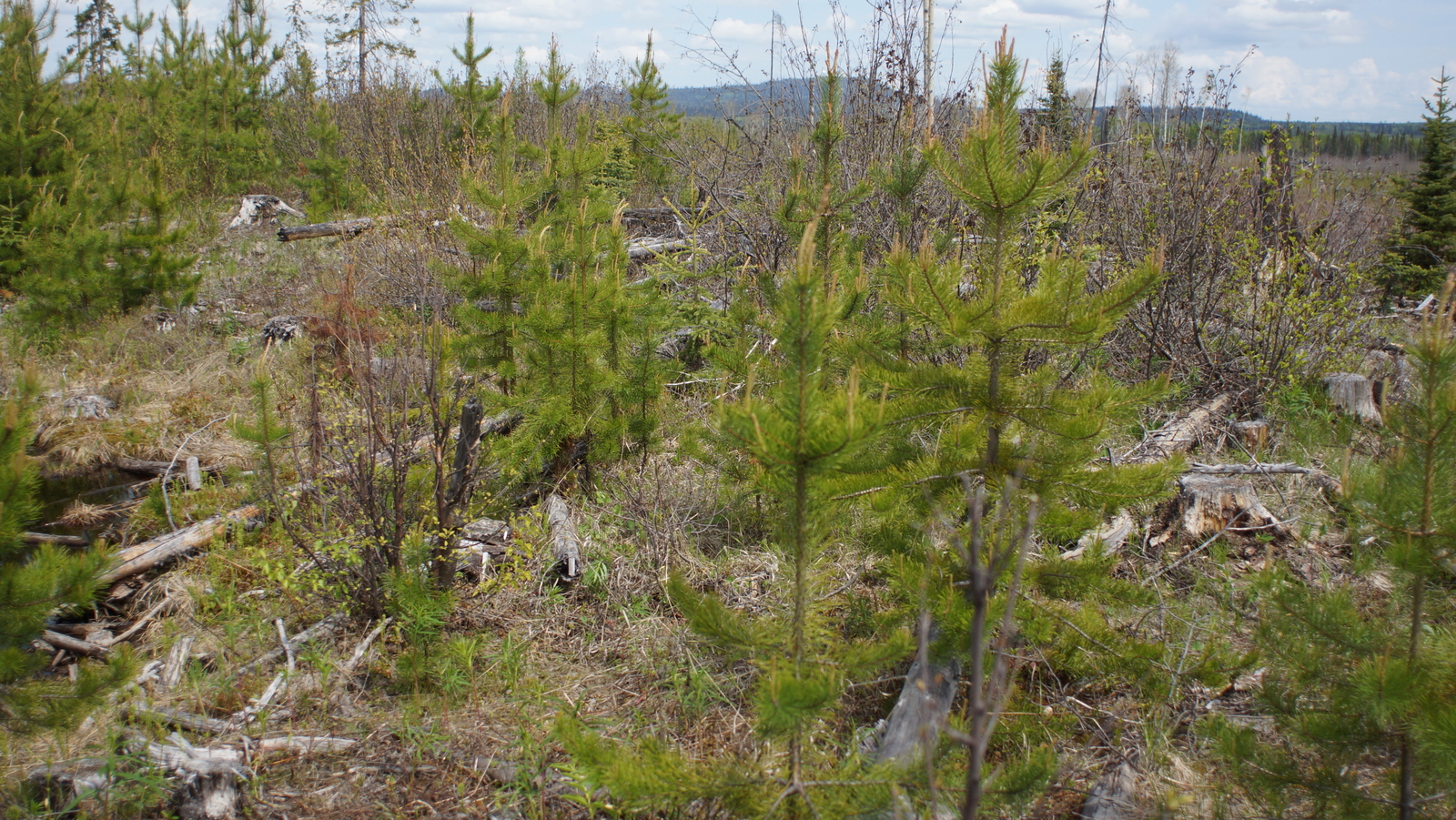 “Forest vegetation management, particularly herbicides, can reduce available wildlife forage since many of the “weed” species which foresters wish to control are also important browse species.”- Forest Research Council of British Columbia, Environmental Concerns in Forest Vegetation Management: Research and Development Needs, 1986, page 32.
“Forest vegetation management, particularly herbicides, can reduce available wildlife forage since many of the “weed” species which foresters wish to control are also important browse species.”- Forest Research Council of British Columbia, Environmental Concerns in Forest Vegetation Management: Research and Development Needs, 1986, page 32.
“Deciduous cover was selected across all seasons and study areas.” 40% of all mortalities in most heavily sprayed place in BC (Prince George South) were from apparent starvation. 2017 Moose Research Progress Report: February 2012–April 2017
Field estimates showed that spraying with the herbicide glyphosate reduced forage availability by 60 and 96 % in summer and winter, respectively, 4 years after treatment. It also reduced moose use and habitat selection of young spruce stands compared with unsprayed stands. Together these lines of evidence suggest that forest management led to an increase in moose carrying capacity during the 1970s and a subsequent decline thereafter. Jos Milner et al, Boom and bust of a moose population: a call for integrated forest management, European Journal of Forest Research, 2013: 132, page 959
“When a mixed forest of red spruce and different species of deciduous trees is replaced with a spruce plantation, ‘you will have a major reduction in the population of a number of species that are associated with larger trees and deadwood.’ [Dr. Marc-André Villard] said.” -CBC News, New Brunswick forestry practices impact bird populations, says researcher, December 18, 2016
“With the herbicides, they do kill the invertebrates and some of the fungus that the voles and mice eat, which of course, then flows through the food chain, and you lose the ecosystem with the wildlife.”- Judy Banas, Resident Hunters’ Association of British Columbia Region 5 president, 100 Mile House Free Press, Herbicide Use Concerns Redirected at Government, May 18, 2011.
Amphibian Toxicity:
“It is relatively common knowledge that Roundup [i.e. Vision] should not be applied to large ponds and lakes, but it is less commonly appreciated that most amphibians are not produced in large ponds and lakes due to predation by fish. Instead, small temporary wetlands that may appear to be unimportant and only have 6″ (15 cm) of water can, in fact, produce thousands of tadpoles including many species that breed only in temporary wetlands. These small, temporary pools are either not avoided or not avoidable by aerial pesticide applications.” Dr. Rick Relyea, Director of the Pymatuning Laboratory of Ecology, University of Pittsburgh, A Response to Monsanto
The spraying of small wetlands like this one is completely legal in British Columbia:
“Recent studies have shown that amphibians are one of the most sensitive vertebrate groups to the toxicological effects of (glyphosate) herbicide. The LC50 (lethal concentration) value for many amphibians is between 10 and 1 mg a.e./L, and for some amphibians the LC50 is between 1 and 0.1 mg a.e./L (acid equivalent, a.e., is a measure of the amount of the active glyphosate ingredient in herbicide formulations). Therefore, glyphosate herbicides are classified as moderately to highly toxic to amphibians. In addition, the expected environmental concentration (EEC) of glyphosate herbicides of 1.43 mg a.e./L is at or above the estimated LC50 value for some amphibians, particularly when water pH is above 7. Amphibians may also suffer from a variety of sublethal effects (e.g., impaired growth and development, behaviour, physiological parameters, and genomic characteristics) and indirect impacts (e.g., mediated through interaction with competitive and predatory stress, and changes to the food resources, temperature, pH, and UV light) arising from the use of glyphosate herbicides.”- Purnima Govindarajulu,Literature Review of Impacts of Glyphosate Herbicide on Amphibians: What Risks can the Silvicultural Use of this Herbicide Pose for Amphibians in B.C.? Ministry of Environment, 2008, page 1.
“Now in 2010, many researchers would argue that the impact is not only to tadpoles. Indeed, the latest work coming out of Colombia (where a very similar formulation of Roundup is being used to kill coca plants), researchers have found that the typical applications rates used to kill plants have the ability to kill up to 30% of some adult amphibians on land(Bernal et al. 2009). This is consistent with the results of our own study of adult sensitivity in 2005.”- Dr. Rick Relyea, Director of the Pymatuning Laboratory of Ecology, University of Pittsburgh, personal email conversation, 2011.
Persistence
“Research suggests that plants treated with non-lethal doses of glyphosate may store the glyphosate molecules indefinitely, may translocate glyphosate out of their tissue into the surrounding environment, and/or may slowly break down glyphosate.”- Lisa Wood, Is Glyphosate Persistence in Native Plants a Concern for Northern BC BC Forest Professional, January-February 2018

